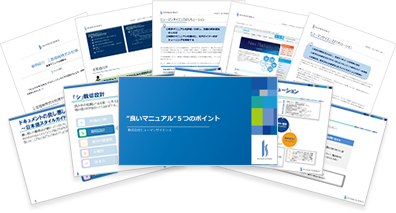
Hello! This is T, a consultant.
I leverage my years of experience in manual production and translation projects to engage in the creation and improvement of manuals for our clients. I also handle consulting for quality improvement in clients' translation operations and workflow enhancements.
Recently, with the increase of foreign workers and multinational companies in domestic enterprises, as well as the globalization of Japanese companies, we have been receiving more inquiries regarding English manuals like the following.
・I want to create an English manual, but I don't know where to start.
・I want to know what to pay attention to when creating an English manual.
・I created an English manual in-house, but there are comments from users saying it's "difficult to understand," so I want to improve it.
Therefore, this time, I will share the basic points to keep in mind when creating easy-to-understand English manuals.
- Table of Contents
1. The Necessity of English Manuals

Why is it better to create an English manual? First, let's confirm the necessity of this. By creating manuals not only in Japanese but also in English, the following benefits can be expected.
◎In the case of internal business manuals
・Foreigners can learn their jobs quickly
Having English manuals allows foreign workers who are not proficient in Japanese to learn their jobs quickly, enabling early startup.
・Can alleviate labor shortages
Due to declining birth rates, the issue of labor shortages in the country is serious. Having English manuals makes it easier to actively hire foreign workers, regardless of nationality, which contributes to alleviating labor shortages.
・Leads to improved operational efficiency
Having easy-to-understand English manuals allows foreign workers who are not proficient in Japanese to efficiently and correctly carry out their tasks. By including basic procedures and key points in the manuals, it is also possible to prevent the personalization of tasks, where responses and procedures vary from person to person.
◎For Overseas Product Manuals
・Can enhance product competitiveness
By confirming how to use the product and its useful features in the English manual, it leads to increased satisfaction among local users and enhances product competitiveness in the local market.
There are also cases where improving the quality of the English manual has resulted in approximately a threefold increase in product sales overseas.
・Leads to improved user satisfaction
Unlike in Japan, it can be difficult to provide local support after product purchase overseas. By carefully including information such as troubleshooting in the manual, not only does user satisfaction improve, but it also leads to a reduction in the labor required for handling inquiries.
・Legal Risk Mitigation
According to the international standard IEC82071-1-1 for manuals, it is the manufacturer's responsibility to provide users with operating instructions and to offer safety precautions in advance.
To reduce the risk of litigation when exporting products overseas, it is necessary to create an English manual that includes basic usage instructions and important precautions that users should follow.
In addition to the above, creating an English manual has the advantage of making it easier to translate into multiple languages.
In fact, for many languages (excluding some like Korean), there are more translators available for translations from English than from Japanese. This is because the language structures are similar and easier to translate.
Even when using machine translation, many languages yield better quality when English is used as the source text.
Therefore, when expanding into multiple languages, it is recommended to first create a solid English manual.
2. Key Points for Creating English Manuals

So, what points should we keep in mind to create an English manual?
2-1. Creation of the Japanese version as the source for translation
When domestic companies create English manuals, it is often more common to first create a manual in Japanese and then translate it into English, rather than writing from scratch in English.
When creating an English manual from a translation of Japanese, the quality of the original Japanese manual becomes crucial.
If the original Japanese manual is unclear or lacks information, even if a skilled and experienced translator translates it, the English version will also end up being unclear.
Therefore, it is important to create a manual that is easy to understand and translate at the stage of the Japanese version.
When creating a Japanese version manual that will serve as the source for translation, please make sure to keep the following points in mind.
・Clarify the audience and purpose of the manual
First, let's clarify "for whom and for what purpose the manual is created."
The content and extent of what should be included will vary depending on the purpose of the manual and the audience.
For example, if the audience is new employees in an internal operations manual, it will be necessary to explain the overview of the operations, the basic workflow, and fundamental terminology. On the other hand, if the audience is experienced professionals, it may be better to omit basic information and focus on detailed information, assuming they will refer to it as needed, like a dictionary.
In the case of product manuals released externally, the writing style, information included, and terminology used will vary depending on whether the reader is an end user or a service engineer.
As a result of writing somewhat aimlessly without clarifying the readers and purpose, there are often cases where the manual becomes underutilized due to excessive or insufficient information and unclear explanations. Please do not forget to first clarify the readers and purpose of the manual.
・Clearly state the 5W1H
In the manual, by clearly stating the 5W1H of "When, Who, What, Why, Where, and How" it will enable anyone reading it to perform tasks and operations accurately and without confusion.
On the contrary, if the 5W1H is not clearly stated in the manual, it may lead to situations where inquiries are necessary due to lack of understanding, or tasks may be performed based on incorrect interpretations.
In the case of business manuals, we recommend starting with the organization of the 5W1H of the current operations.
By organizing the 5W1H, it is also possible to clarify operational issues such as procedures that are currently dependent on specific individuals.
For organizing the current business operations, please refer to the blog below.
・Make it easy to find the necessary information
In manuals, it is rare for the content to be read thoroughly from beginning to end like a novel. Most often, users check only the necessary sections when they have questions or things they do not understand.
Therefore, it is essential to structure the content so that necessary information can be quickly found from the table of contents.
To create a highly searchable table of contents, please keep the following points in mind:
– Group information appropriately
– Use appropriate headings.
– Rearrange items according to the user's purpose (e.g., in order from overview to details, or in the order of business flow)
– Use headings that convey the content
Please refer to the blog below for tips on creating a table of contents.
・Write in clear and concise sentences
In manuals, it is necessary to write accurate and concise sentences that can be understood by anyone who reads them. Additionally, long and redundant sentences may lead to misinterpretation and incorrect translations by the translator.
To write sentences that are easy to translate, it is important to be aware of the following points.
– Short sentences
Keeping each sentence within 25 to 50 characters results in concise and easy-to-understand writing.
– One Sentence, One Meaning
Only include one idea in each sentence. By being conscious of one sentence, one meaning, the sentences become shorter and more concise.
– Clearly state the subject and object
Japanese is a language that can exist without a subject or object. However, to avoid misinterpretation of meaning by readers or translators, it is important to clearly state the subject and object.
– Avoid ambiguous expressions
We avoid ambiguous expressions that can be interpreted in multiple ways or leave interpretation up to the reader. We ensure that the text can only be understood in one way by anyone who reads it.
– Standardize terminology and usage
If there is inconsistency in terminology and usage in Japanese, there will also be inconsistency in English. Terminology and usage will be standardized throughout the manual.
Please refer to the blog below for tips on writing text that is easy to translate.
Tips for Creating Easy-to-Translate Japanese Manuals | Human Science Co., Ltd. (science.co.jp)
・Make it visually understandable
A manual filled with text can be discouraging to read.
It is important to create a manual that is visually clear and appealing by using creative layouts and illustrations.
Please refer to the blog below for tips on creating manuals with easy-to-understand designs.
The points introduced above are also applicable when creating English manuals by writing in English rather than translating. Please consider using them as a reference.
2-2. Translation from Japanese to English
◎Key Points for Translation into English
When translating Japanese manuals into English, it is important to pay attention to the following points.
・Decide on the style of translation
Even though it is English in a word, the choice of words and expressions varies depending on whether it is American English, British English, or global English for the whole world.
Additionally, similar to Japanese manuals, the style of translation may differ based on the purpose of the manual and the audience.
We recommend conducting a sample translation tailored to the target region, purpose, and audience, and aligning the understanding of the English style among stakeholders before starting the translation of the entire manual.
・Request an experienced translator
Depending on the field and content, some translators may be more suitable than others. When requesting a translator, it is advisable to choose one with a proven track record in that field and expertise in manual translation.
When requesting a translation company, please confirm the translator's background and how they manage quality before making a request.
By the way, at Human Science, we conduct trials for translators by field to manage quality.
- Unify Terms and Expressions
To create an easy-to-understand manual, it is important to unify terms and expressions throughout the entire manual. If different terms or expressions are used to refer to the same thing, it may confuse the users.
It is recommended to establish guidelines or a glossary for the terms and expressions to be used in the manual before proceeding with the translation.
When requesting translation services from a translation company, it is also possible to ask them to create the guidelines or glossary.
3. Summary
This time, we shared some basic points to keep in mind when creating easy-to-understand English manuals.
Human Science offers one-stop solutions from the creation of the original Japanese manuals to English translation. Since 1985, we have a proven track record of creating numerous manuals.
If you have any of the following needs, please feel free to contact us.
・I want to improve existing Japanese and English manuals to make them easier to understand.
・I would like to start with creating a Japanese manual when creating an English manual.
・I want to translate a Japanese manual created in-house into English.
Feature 1: Extensive manual production experience, primarily with large and global companies
Human Science focuses on the manufacturing and IT industriesWe have a track record of manual production. Our clients include renowned companies such as "NTT Docomo, Inc.", "Yahoo Japan Corporation", and "Yamaha Corporation".
Case Studies of Manual Production | Human Science
Feature ②: Research and Analysis by Experienced Consultants - Output
The creation of business manuals is handled by our experienced consultants at Human Science. Our skilled consultants will propose clearer manuals based on their extensive experience and the materials provided. Additionally, it is possible to create manuals even from the initial stages without any materials. The assigned consultant will conduct interviews and carry out the manual creation.
Manual Evaluation, Analysis, and Improvement Proposal Services | Human Science
Feature ③: Not only manual creation but also support for implementation
Human Science is responsible for the important phase of "implementation" after manual creation. For example, even after the manual is created, we will conduct updates and seminars for manual creation. By implementing various measures, we approach the goal of ensuring that the manual is established in the field.
Manual Creation Seminar | Human Science
Thank you for reading until the end.
I hope this blog serves as helpful tips for creating easy-to-understand manuals.
Related Services
◎Business Manual Creation
◎Creation of Operation Manuals
◎Manual Evaluation, Analysis, and Improvement Proposal Services
One-Stop Service for Manual Creation and Translation
Manual and Instruction Manual Translation Services | Human Science (science.co.jp)
Tips for Creating and Establishing Business Manuals
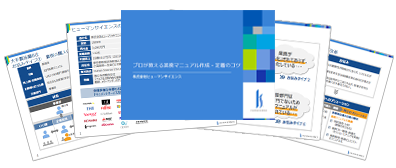



























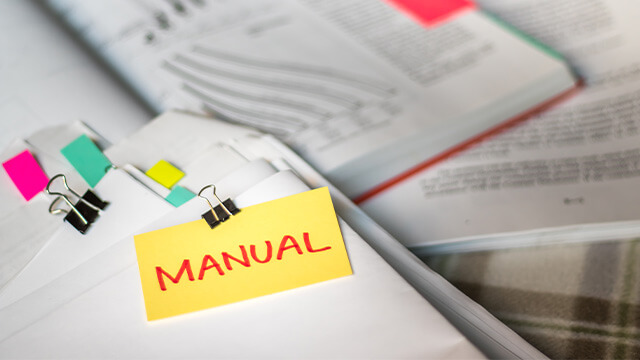















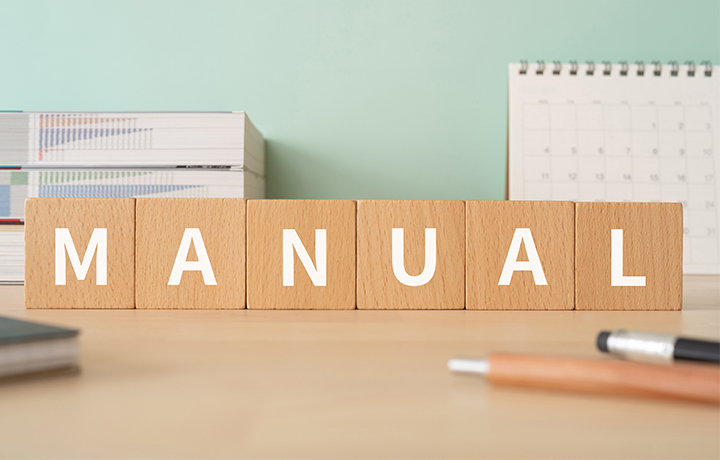





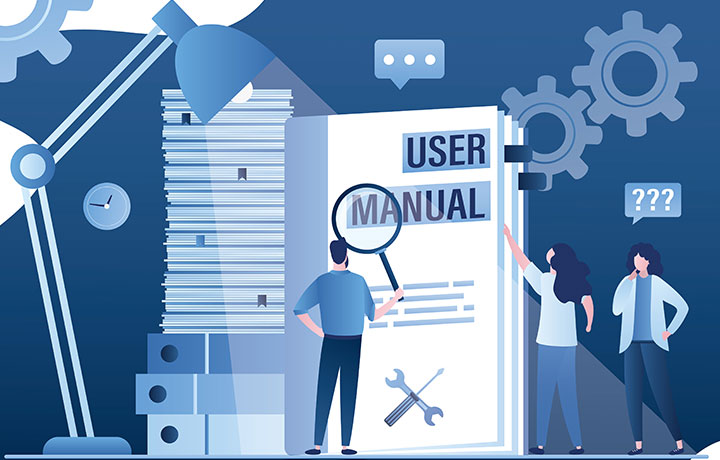



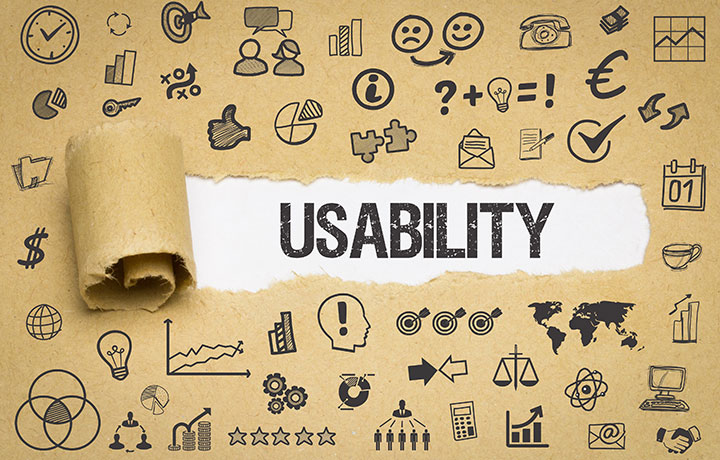



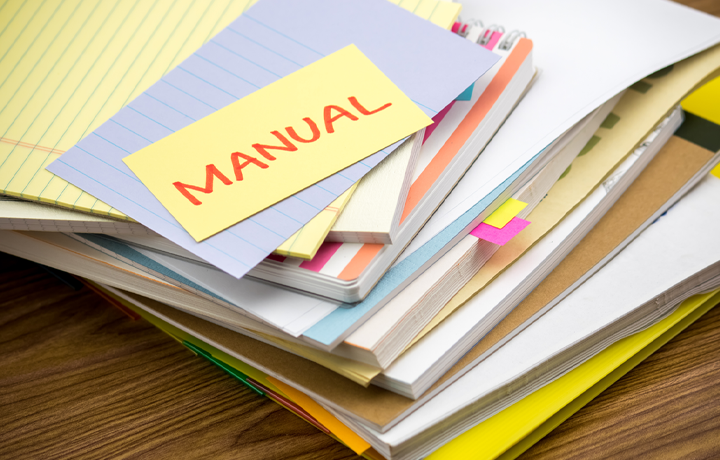

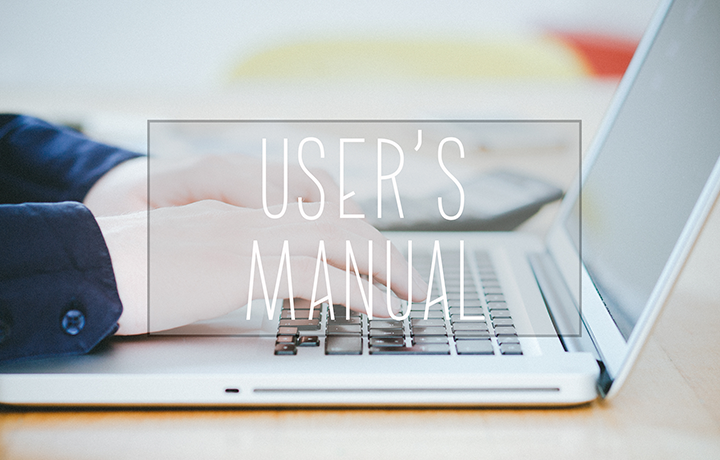











 Manual creation
Manual creation Director, Writer
Director, Writer In-house Support
In-house Support Video
Video Manual
Manual Manual Creation
Manual Creation One-Stop Service for Manual Creation
One-Stop Service for Manual Creation Manuals and Documents
Manuals and Documents